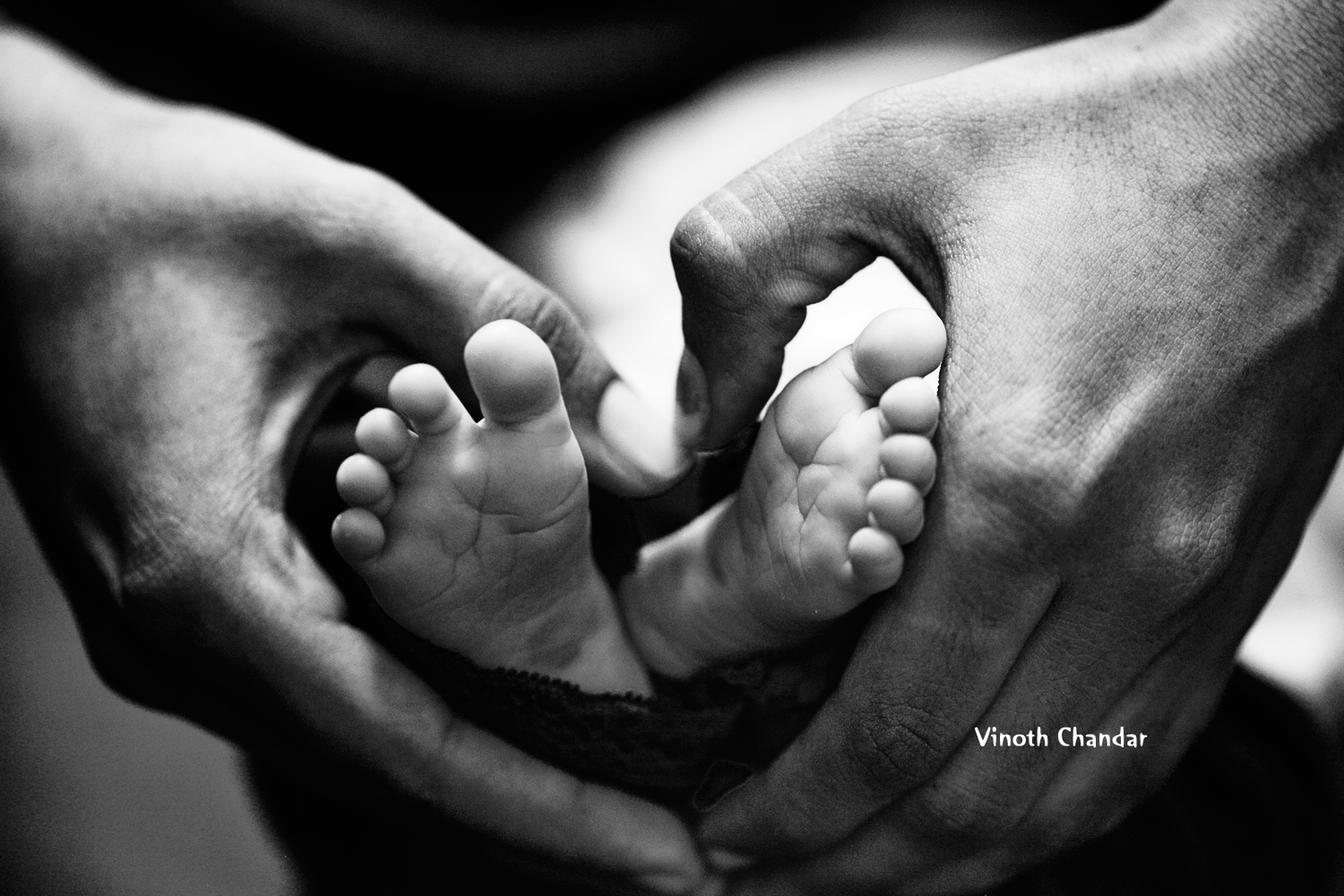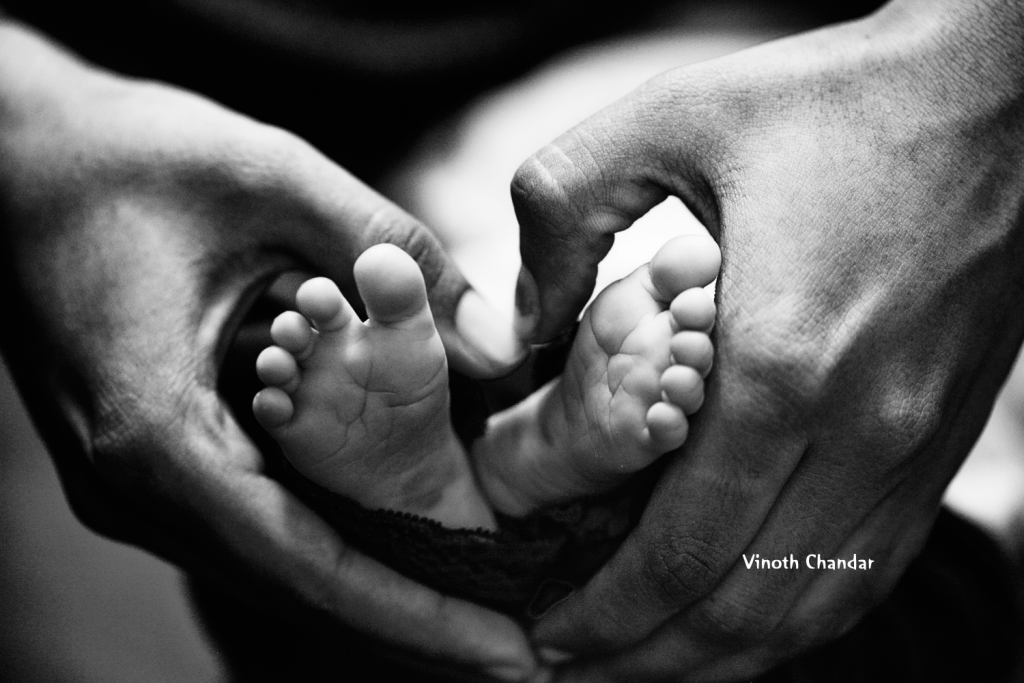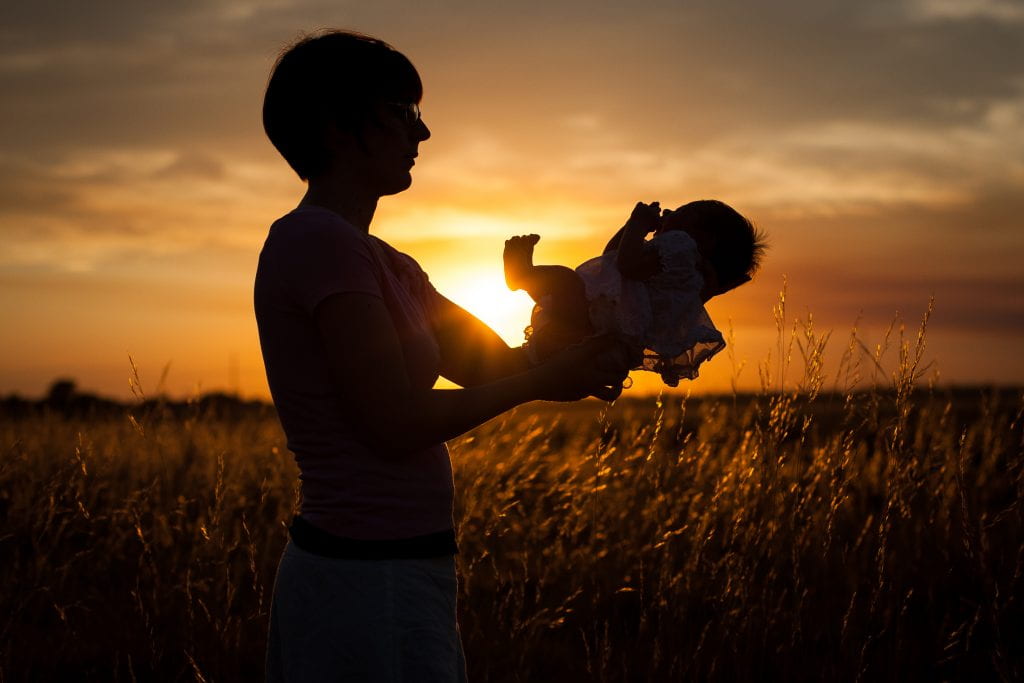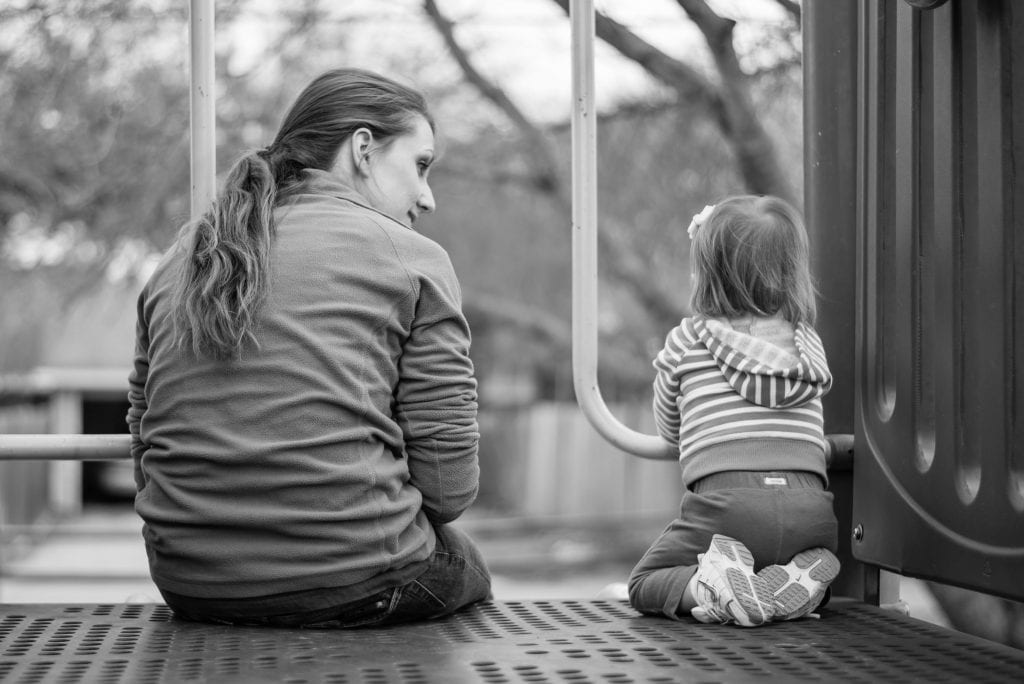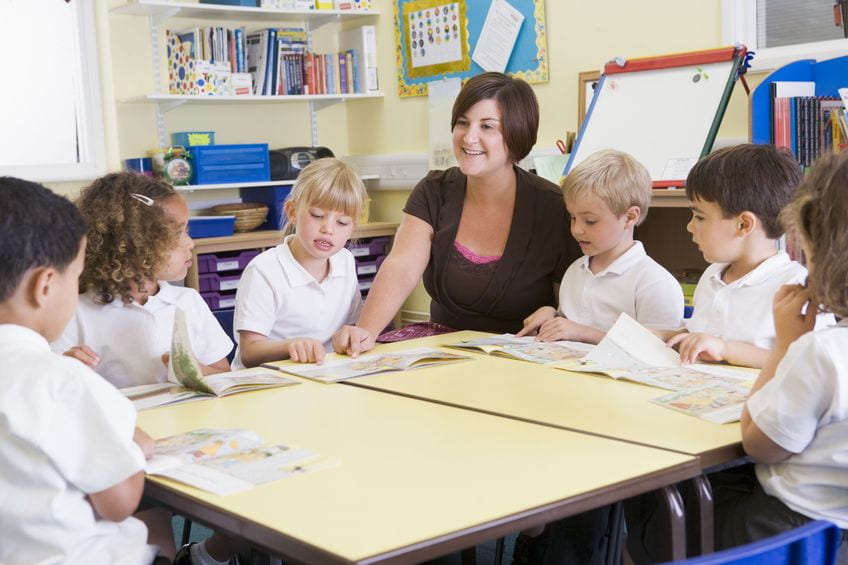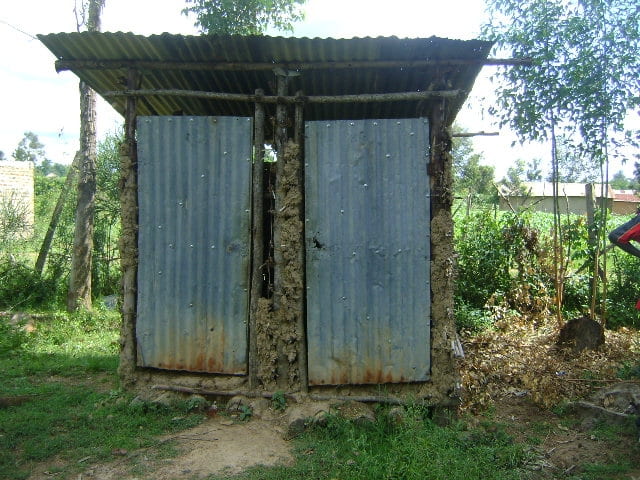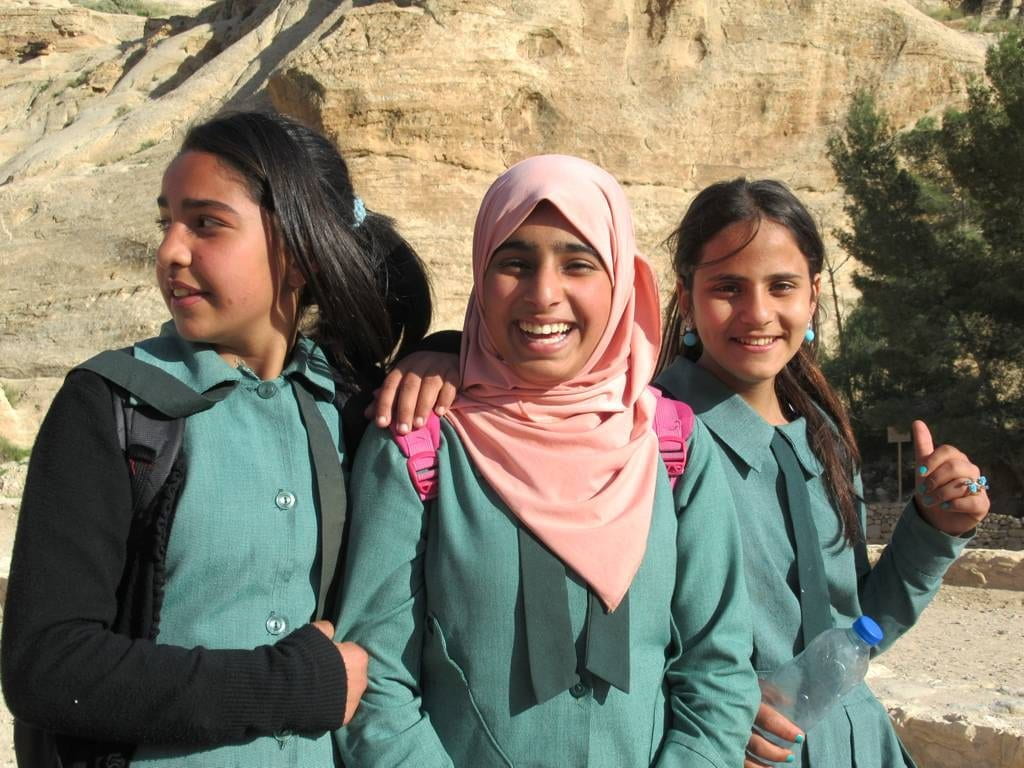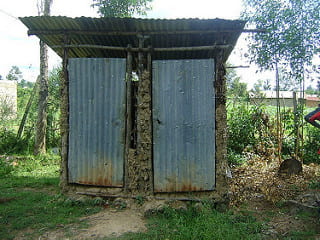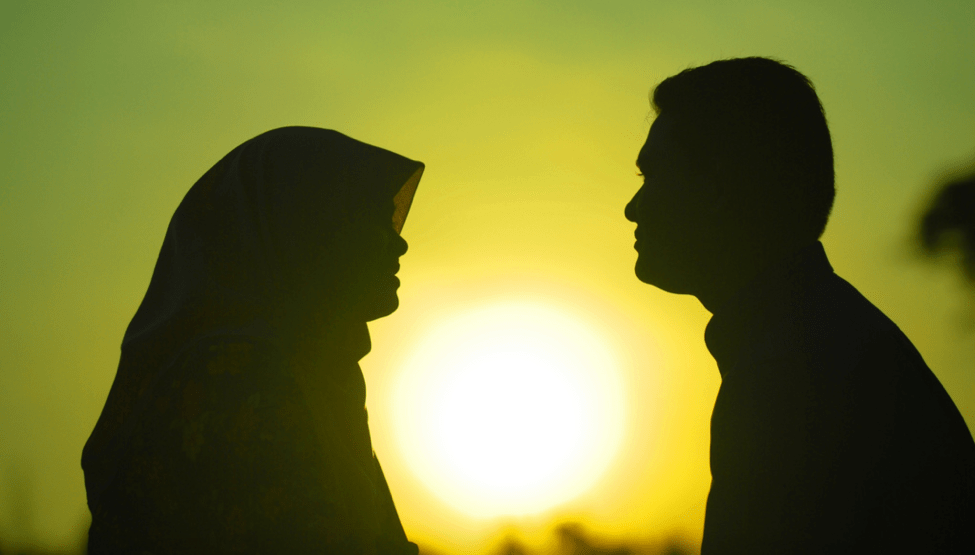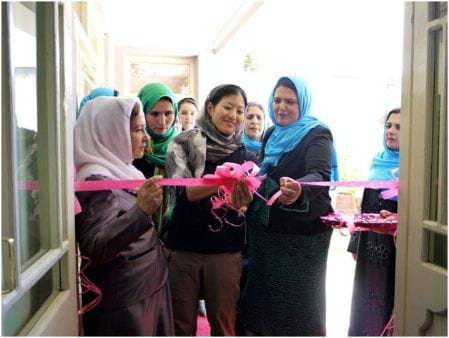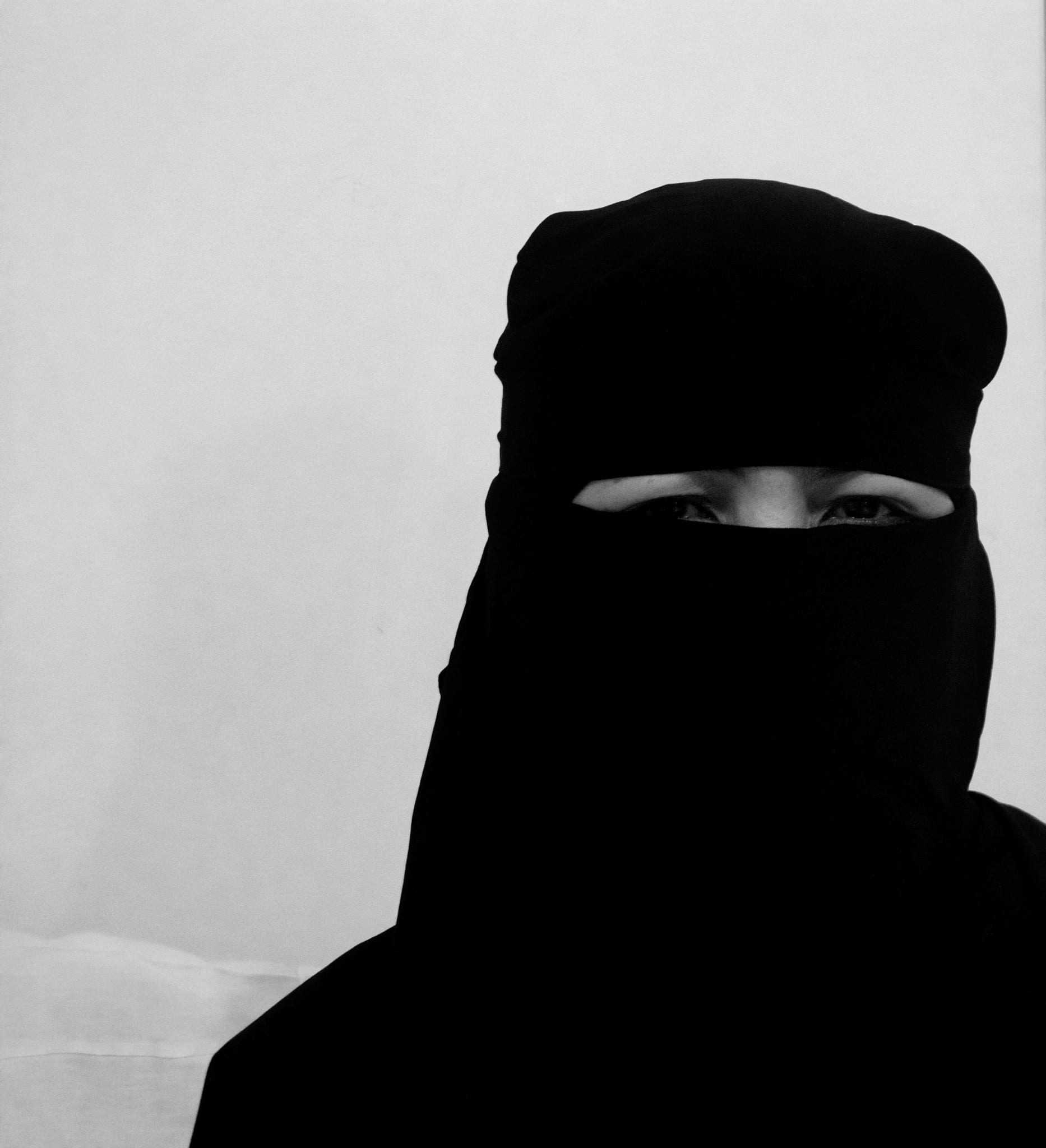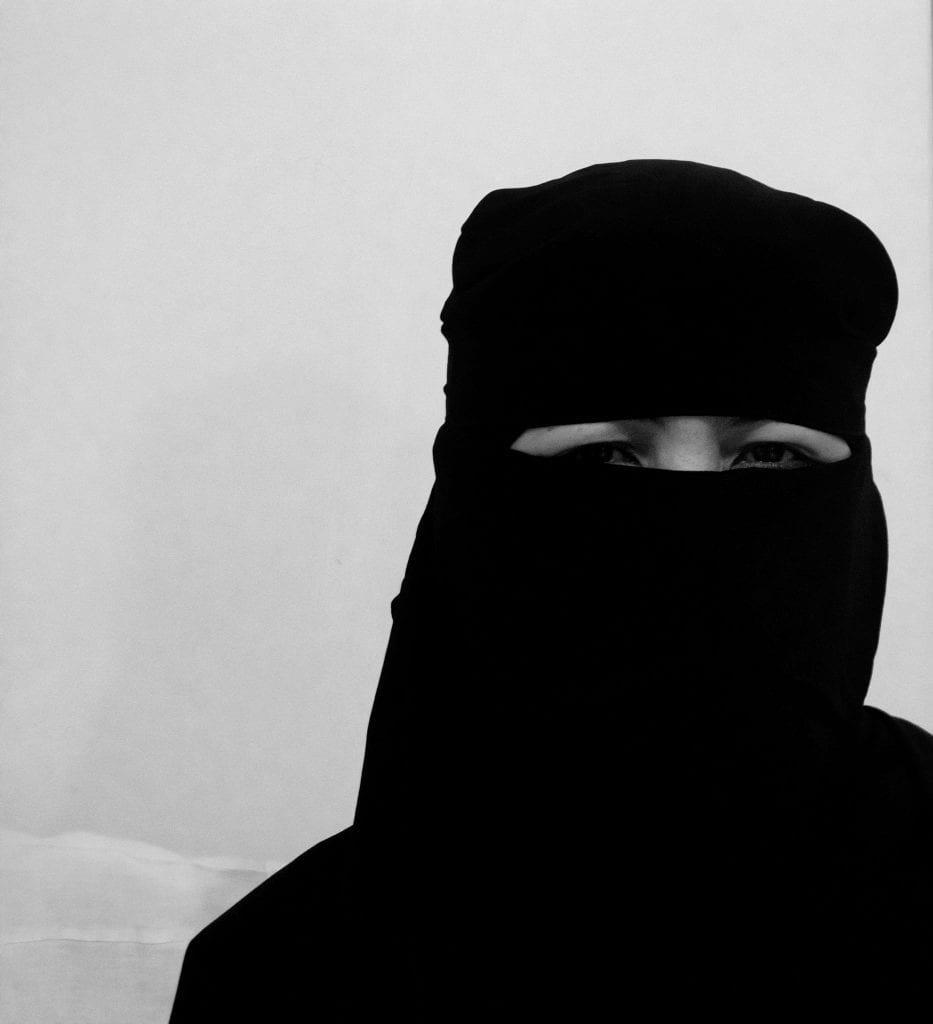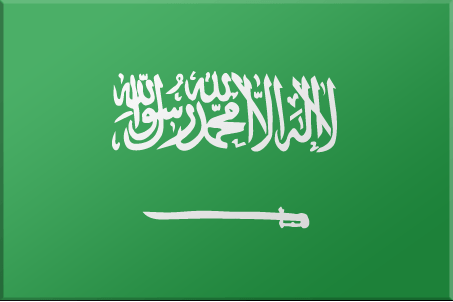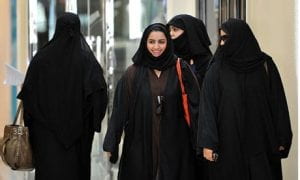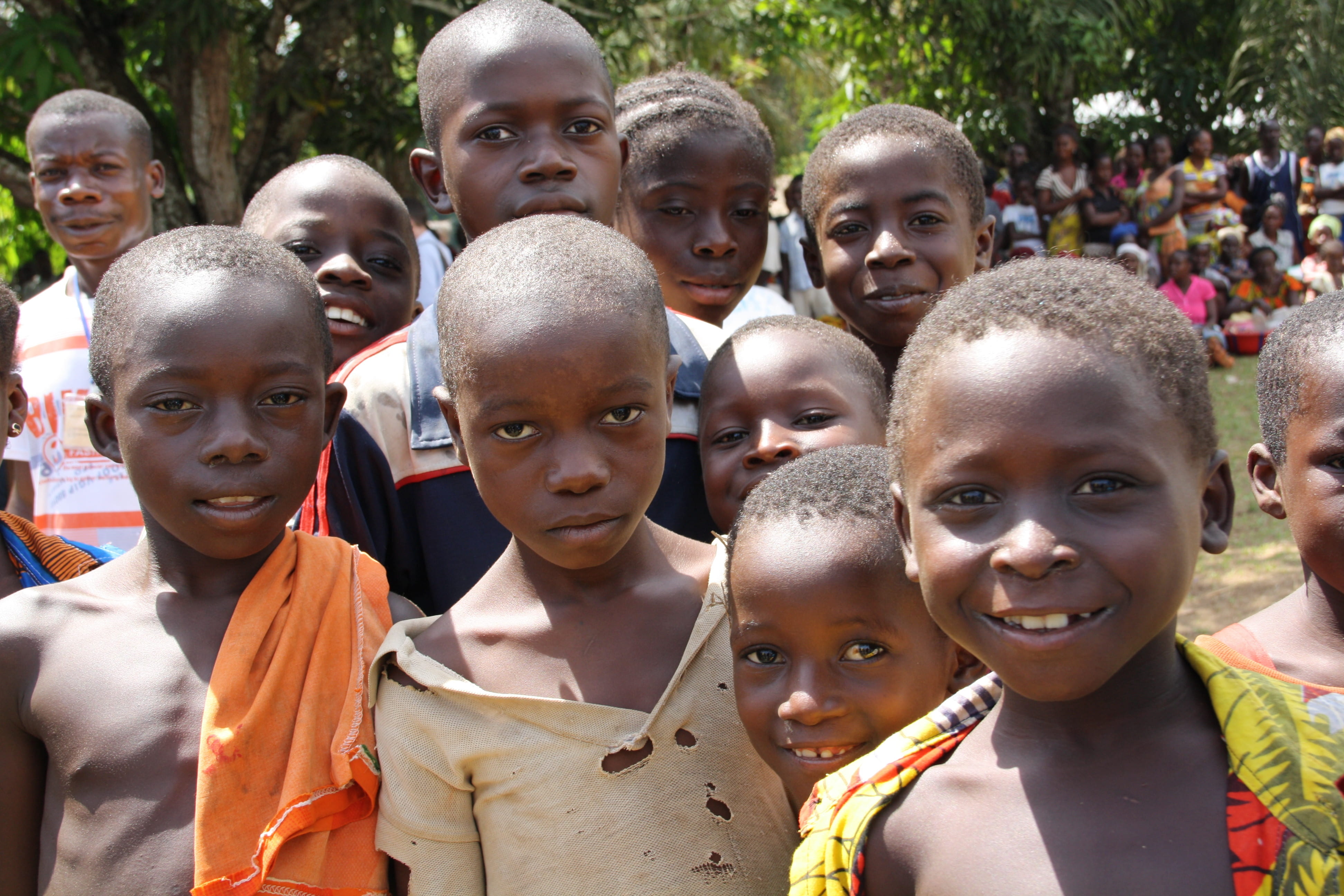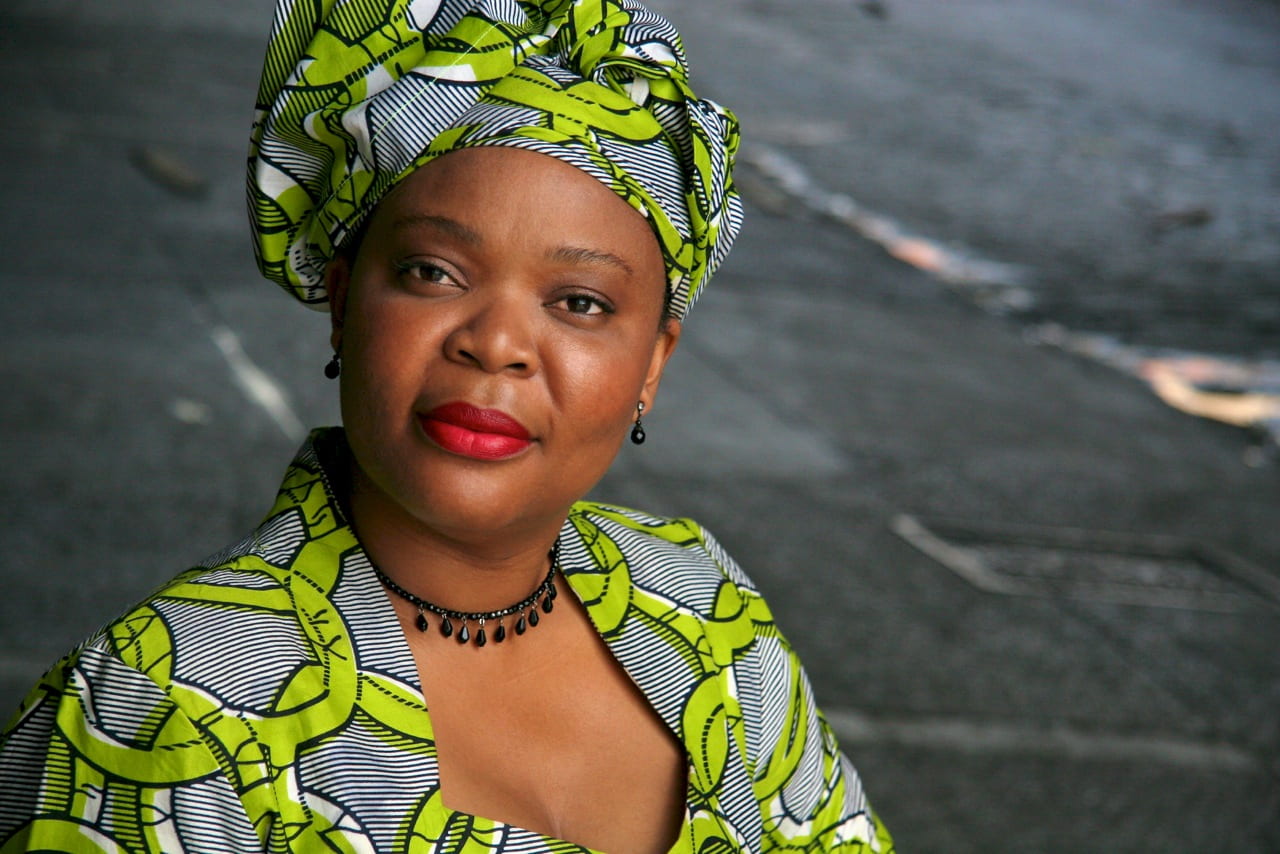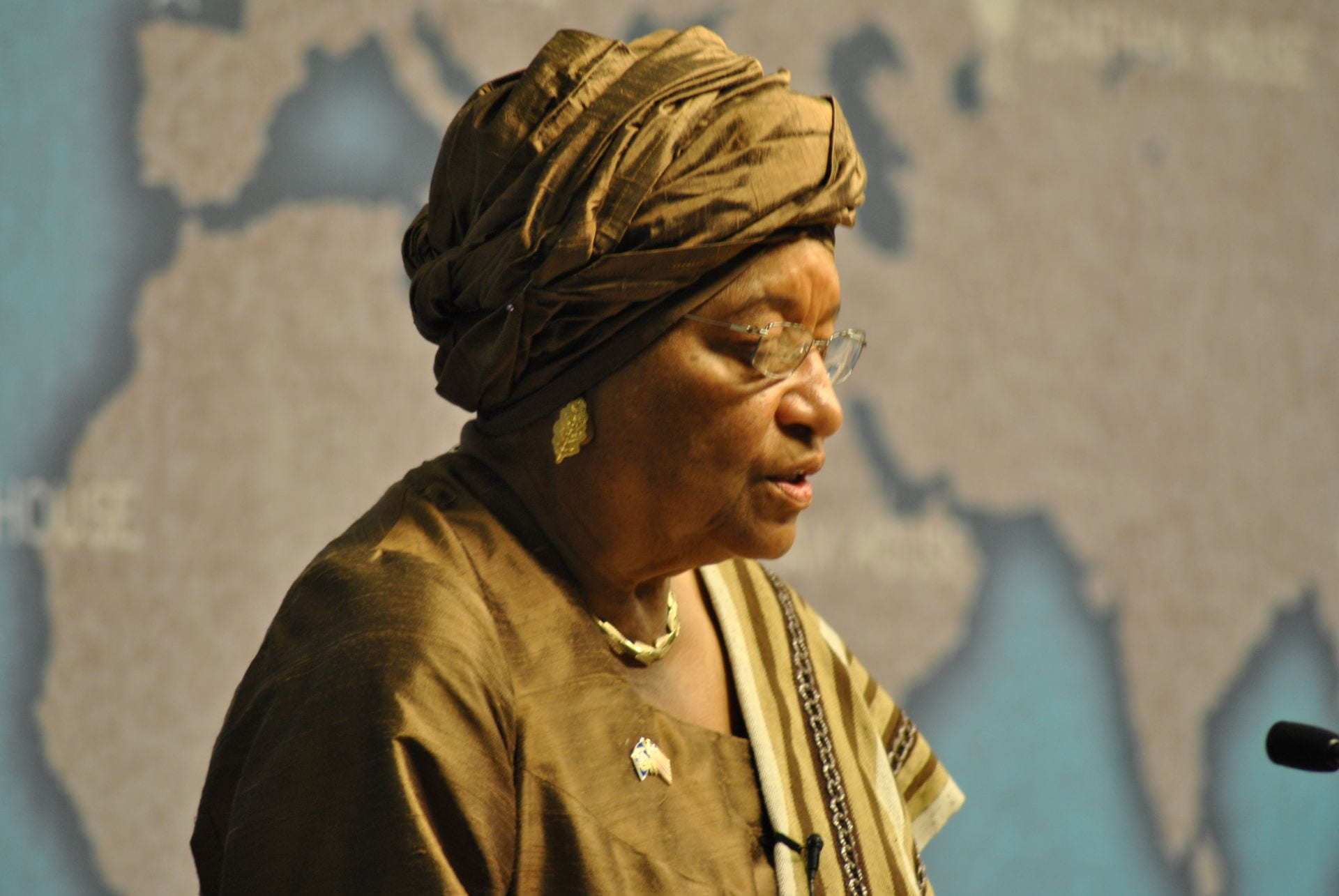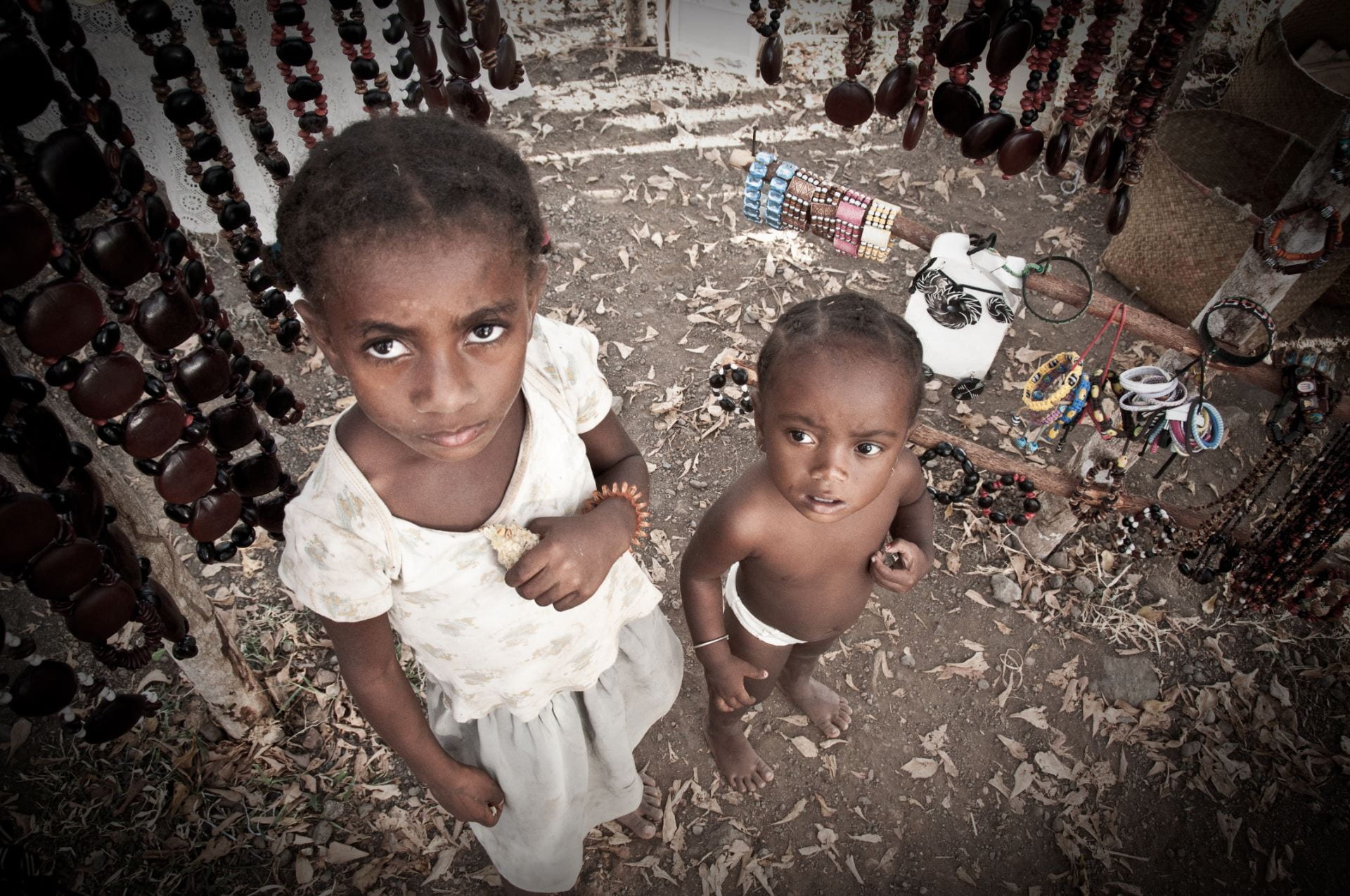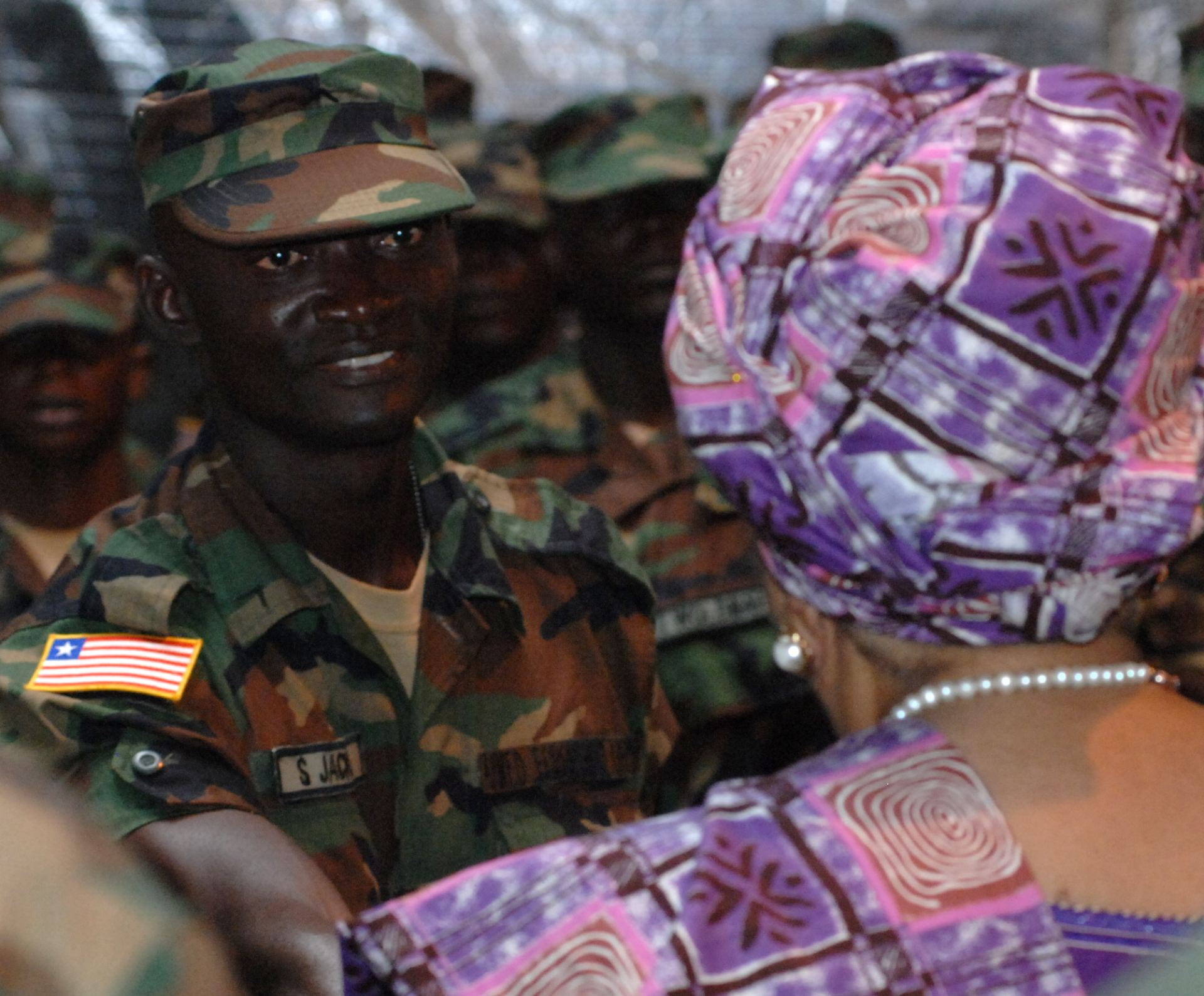Delaware, on May 9, 2018, became the first US state to prohibit child marriage, removing loopholes and exceptions that currently exists in marriage laws in every other state. This historic legislation–the first of its kind in the US–champions and protects the rights of children, especially girls. **This blog is a repost from 2016.
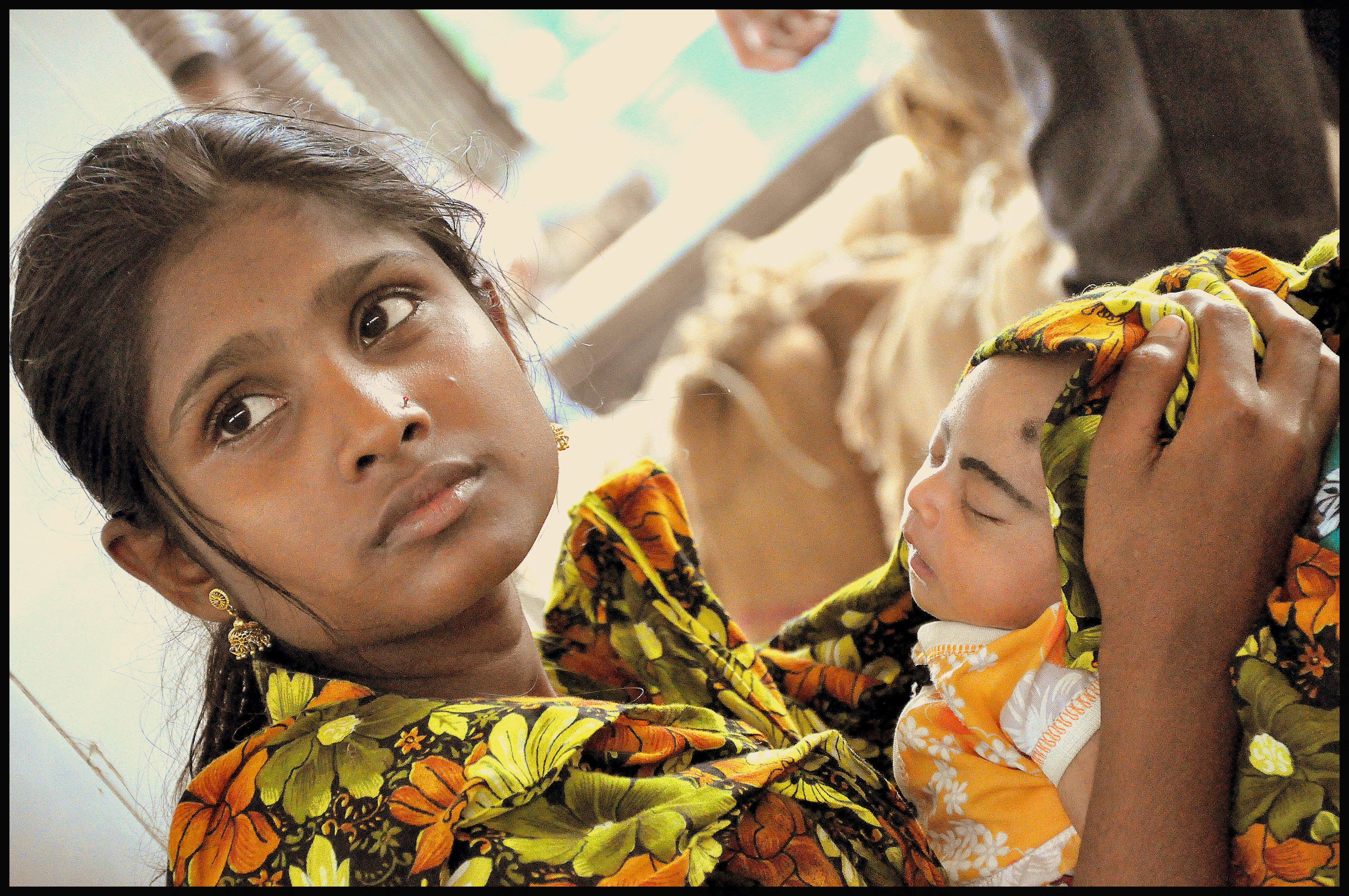
Imagine for a moment that you are a 13-year-old girl. Your parents are no longer as cool as they were when you were in elementary school but life on the whole is pretty chill. With the exception of awkward junior high encounters with people of the opposite sex, the occasional bully, unbearable PE class, and dreadful puberty, being a kid isn’t awful. Personally, you’ve graduated from earning coins for your chores to actual dollar bills and from having a pink room filled with stuffed animals to one with posters of your favorite boy band and magazine cutouts of women you want to dress like when you turn 18. At 18, real life happens. At 18, you’re an adult and the whole world knows it! Everything about your 13-year-old life is moving towards adulthood until your parents let you know that one of their friends is interested in marrying you. He is a nice man who is at least 10, 20, 30 years older than you so he will be able to take care of you, just like you were his own child. Except that you would not be his child, you’d be his wife. In all the ways a wife takes care of a husband…
Children are not small adults. They are molded by socialization as a result of the physical and cultural contexts of their lives (Boothby, 2006; Goodhart, 2013). They are vulnerably presented and completely dependent upon adults, typically parents, for the purpose of nurturing potential and protecting innocence (Garbarino, 1991). Garbarino asserts, “childhood is a special period in the life course when we shield the individual from the direct demands of the economic, sexual, and political forces of the adult world” (p. 10). Childhood is the loci for growth and development.
The United Nations International Convention on the Rights of the Child (CRC), signed in 1989, defines who qualifies as a child and outlines ideas on how to care for those most vulnerable among us. For the purpose of this blog post, I will appropriate the definition of a child as defined by the CRC:
The Convention defines a ‘child’ as a person below the age of 18, unless the laws of a particular country set the legal age for adulthood younger. The Committee on the Rights of the Child, the monitoring body for the Convention, has encouraged States to review the age of majority if it is set below 18 and to increase the level of protection for all children under 18.
The notion of childhood was recognized as law by the international community with the passage of the CRC (Garbarino, 1991; Goodhart, 2013). The childhood experiences of the female differ so dramatically from the male. In 2013, Malala Yousafzai’s speech to the UN leadership, reintroduced the female experience into the global narrative as she requested improvement for and protection of the rights of women and girls. There is a significant disparity and cultural bias when attempting to define the daily lives of children, particularly girls, living in the global South and developing nations as compared to those in the global North and developed nations (Boothby, 2006). The United States of America is the only country in the world that has not ratified the CRC.
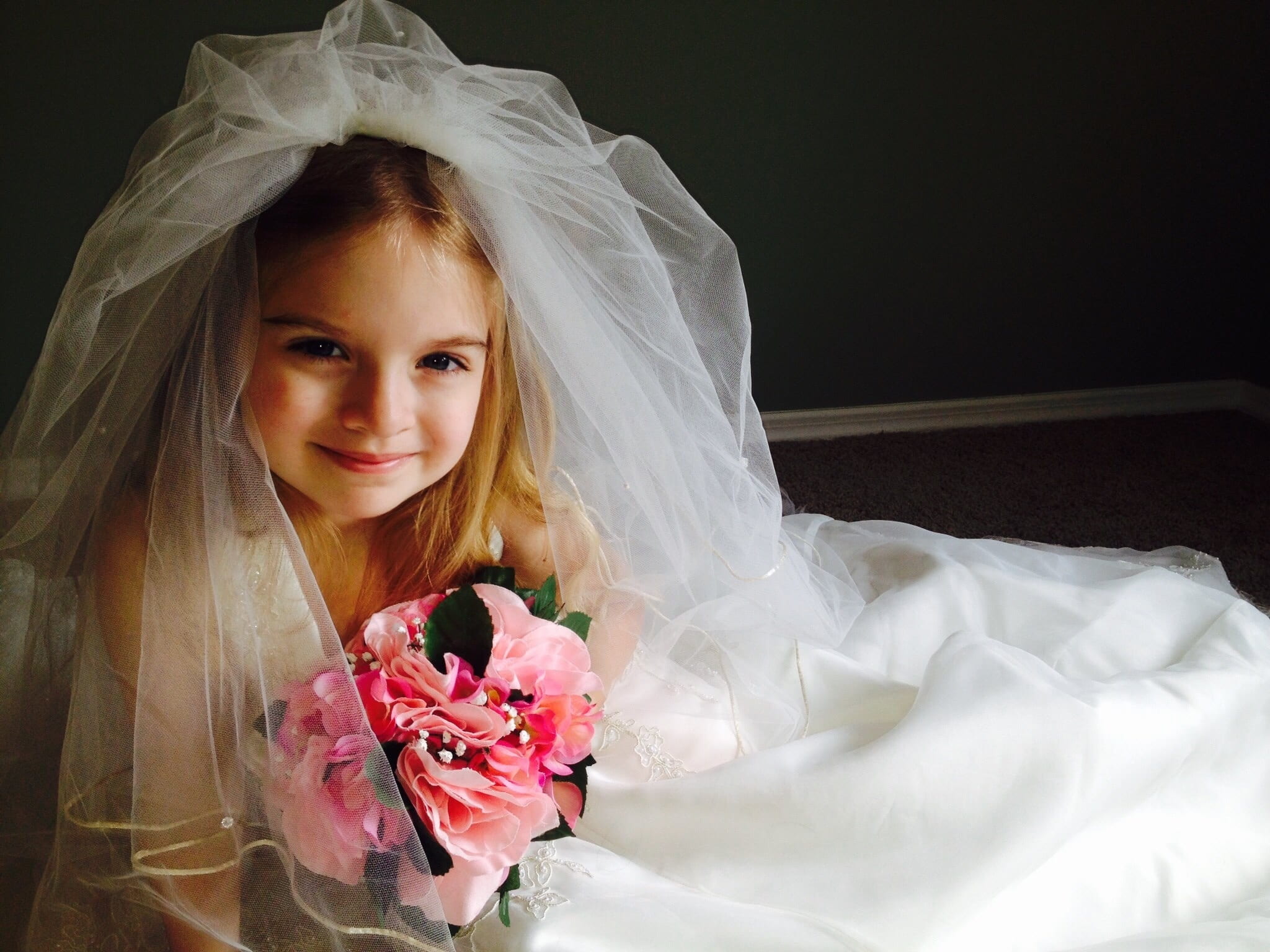
Child marriage is legal in the United States. In Massachusetts between 2010 and 2014, 200 children were married. The state does not have a “minimum age to get married, as long as minors receive judicial approval. Minors don’t need a lawyer, and the petition is only half a page. Parental approval is required, although with several exceptions.”
There were 4,500 children married over the course of 2004-2013 in the state of Virginia, and more than 200 of them were under the age of 15. On July 1, 2016, the state of Virginia passed a law that only adults could marry in the state. This new law replaced portions of the marriage law that had allowed for girls “13 or younger to marry if she had parental consent and was pregnant.” The new law has set the minimum marriage age at 18 but it also allows for emancipated minors of 16 to enter into marriage if a judge decides to overrule the law. Judges have the power to overturn this newly implemented law on the basis of four ideas:
- If the minor is not being compelled to marry
- If the parties are mature enough to get married
- If the marriage will not endanger the minor
- If marriage is in the best interest of the minor
Child marriage is illegal in some parts of the world, although it is common. Guatemala has recently increased the age of marriage to 18, while acknowledging there will need to be a cultural paradigm as to the relevant implication of “recognizing the full potential of girls and reframing how girls should be treated in society”. In Nigeria, child marriage is illegal; however, in the Northern, predominantly Muslim region of the country, the law is implied rather than enforced. Fifteen year-old Nigerian Wasila Tasi’u is a murderer. She poisoned her 35-year-old husband and three other men. For ten months, Tasi’u awaited trial in a Nigerian jail where she faced the death penalty. She was acquitted and will live with a foster family. Maryam Uwais believes this to be “an entirely avoidable tragedy, leaving in its wake four dead men and a thoroughly traumatised little girl. Poison – the only feasible escape to freedom – devised from the wild imagination of a naive, depressed little girl caught up in a painful forced marriage to a much older man. A tough lesson for families, communities and a government that is still ambivalent about sanctioning the perpetrators of child marriage.” The social justice organization, Girls Not Brides, has ranked Nigeria 13th in countries with the highest rates of child marriage, despite a governmental declaration entitled, Child Rights Act of 2003–which was created to make every action concerning a child and his/her best interest, a paramount consideration.
Child marriage impacts the female child more than the male child. Childhood creates the revelation of identity.
Young females in the West and developing nations should capitalize on their girlhood, embracing it as a time to discover themselves—their identity, their relationships with men, what boundaries or rules they can break without consequence, and to receive an education.
For child brides, the whimsy of girlhood is non-existent because they enter womanhood before they fully grasp puberty. The US has relegated the creation and implementation of marriage laws to the state level. The age of majority is 18 in the US. Although the state law of Virginia or Alabama [AL code 30-1-4] allows for a 16-year-old to marry, majority of Americans as well as the international world, she is still a minor who cannot vote, buy alcohol, work after 8pm, and possibly carries a high school identification card. For the thousands of children—90% of whom are girls—this change comes too late.
Child marriage does not take place solely in poor communities. In Virginia, the new law arose when Sen. Jill Holtzman Vogel learned that a high school student in an affluent Northern Virginia district dropped out of school when she married a man in his fifties. The marriage, granted by the parents, halted all child-protection services. It is illegal to engage in sexual activities with a minor yet marriage laws make allowances and create caveats for offenders to marry their victims, rather than facing justice for their illegal behavior. Jeanne Smoot of Tahirih Justice Center states that the “laws can facilitate forced marriages of children.” It is to be understood that not all marriages are forced; however, who is standing up for the rights of the child to remain a child? The laws may not facilitate forced marriage of children, but they are failing to protect children from the threat of human trafficking, statutory rape, divorce, child abuse, domestic violence, poverty, mental health issues, premature death, and becoming a murderer.
Child marriage makes children targets because the authorities given agency to ensure their best interest aren’t always acting on the behalf of the child. Fraidy Reiss declares that children are not equipped to live and play in an adult world, considering the imbalance of power when married to an adult and lacking adequate resources to acquire help and freedom. Gerison Lansdown, Tony Waterson, and David Baum acknowledge that governments are failing to honor the four principles of the CRC as they relate to the world’s children, but also argue that lack of knowledge within civil society is not a valid excuse. “Ultimately the government is responsible for the full implementation of the convention” and everyone working with children need to do their part in helping to protect their rights (1565-6). Diana Francis identifies it as “people power.” People power is the decision to act at “any level…ensuring that those who have been the subjects of structures of domination discover and develop the power to participate in what affects them” (Francis, 2002). In other words, it is the voice of the collective speaking up for those who cannot speak for themselves, in order to arrive at justice and democracy for all.
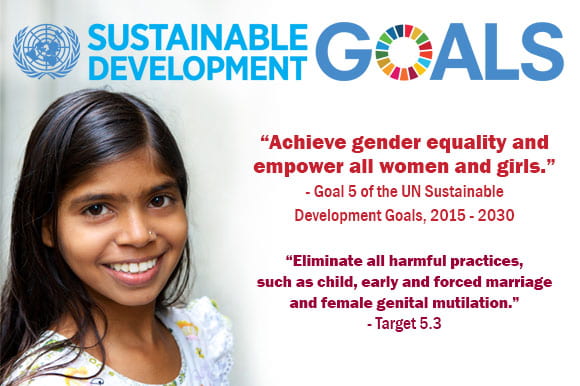
Ending child marriage around the world is an essential target in achieving gender equality and the empowerment of women and girls as a Sustainable Development Goal of the UN. The UN is responsible for global governance. It offers suggestions that may be refused if the country deems it is not in their best interest. Joel Oestreich says that despite being considered a Western ideal, countries have signed the CRC, recognizing it as a model of international consensus building and allowing UNICEF to work intra-nationally as well as internationally in order to provide the implantation of CRC standards as a way of life for the children (184). African nations have identified the necessity of bringing an end to child marriage; there needs to be long-term strategies, governmental infrastructure, and a responsible civil society working together to see an advancement. The same can be said of the United States. As a result of the Virginia legislation, bills are set to pass in California, New York, Maryland, and New Jersey. Nelson Mandela concluded that each of us as citizens, has a role to play in creating a better world for our children.
Works Cited:
Boothby, Neil, Alison Strang and Michael Wessells. A world turned upside down: Social Ecological Approaches to Children in War Zones. Connecticut: Kumarian Press, 2006. Print.
Francis, Diana. People, Peace and Power: Conflict Transformation Across Cultures. London: Pluto, 2002. Print.
Garbarino, James, Kathleen Kostelny and Nancy Dubrow. No place to be a Child: Growing Up in a War Zone. Massachusetts: Lexington, 1991. Print.
Goodhart, Michael. Human Rights: Politics and Practice. United Kingdom: Oxford University Press, 2013. Print.
Additional Resources:
Callaway, Rhonda L. and Julie Harrelson-Stephens. Exploring International Human Rights: Critical Connection – Studies in Peace, Democracy, and Human Rights. Colorado: Lynne Rienner Publishers, Inc., 2007. Print.
America’s Child Marriage Problem by NY Times
Child Marriage is an unseen problem in US by Boston Globe
